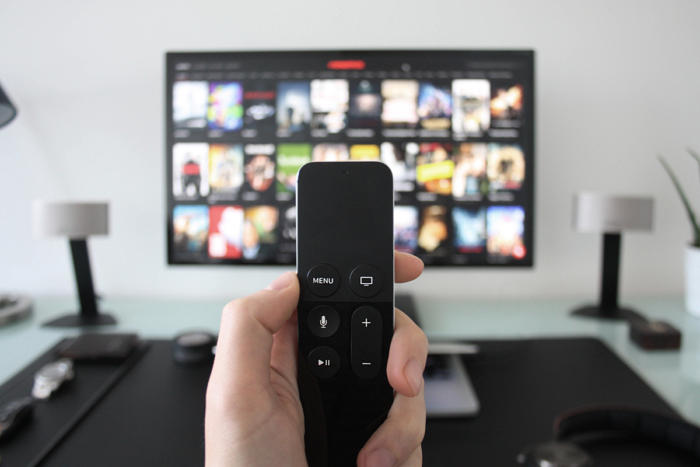How streaming services are changing the television industry
In 2007, Netflix launched a new feature for its DVD rental service that permanently changed the television industry: Watch Now.
Watch Now offered a small collection of movies and miniseries – about 1% of Netflix’s DVD library – that you could play instantly from your computer. The service was limited and clunky by today’s standards, allowing you to stream only six hours a month on a standard plan. But it marked a significant shift in how viewers consumed video content.
Then in 2013, Netflix staged a dramatic release of the original series House of Cards, making all 13 episodes of season one available at once. This strategy was a game-changer for viewers. You didn’t have to wait a week to watch a new installment of the story. You could binge-watch the entire season in a day.
Streaming services have rapidly built momentum in recent years. As Amazon, Hulu, YouTube, HBO, and other companies have joined Netflix as streaming providers, they have made a lasting impact on the traditional television industry. Here are four important ways streaming services are changing how we watch TV.
Consumer flexibility
A decade ago, you had limited options if you wanted to keep up with your favorite TV shows. Unless you were willing to wait months for a season to come out on DVD, you needed to pay for a cable contract. Now, streaming services offer subscribers many different ways to watch television. Viewers value choice and flexibility, and they’re less willing to sign restrictive multi-year contracts with cable companies.
Cable isn’t dead quite yet, but it does have fierce competition. Last month, media research firm GfK MRI released survey results stating that 71% of US consumers pay for traditional TV service and plan to keep it, which is down from 77% in 2015.
But among younger viewers, cutting the cord and using streaming services to watch TV is much more common. A 2017 Pew Research Center study found that 61% of American adults in the 18-to-29 age bracket say the primary way they watch TV is on streaming services, compared to only 31% for cable and satellite.

Tailored content
It seems that, no matter how obscure your interests are, you can always find a streaming TV show that strikes your fancy. The recommendation categories within streaming services are both specific and targeted. For instance, you might’ve seen categories like these:
- Soapy TV shows featuring a strong female lead
- Gritty crime dramas
- Binge-worthy Spanish-language TV shows
- Heartwarming animal tales
Companies like Netflix and Amazon closely track and analyze viewing behaviors to gauge what content will attract their consumers. Netflix examines various factors and relies on algorithms to predict whether a TV series will be popular with audiences before it’s even produced. Streaming services are leveraging big data and sophisticated analytics to optimize content to their viewers’ preferences.
Social sharing
Participating in a shared community experience has always been an essential part of following a popular TV show.
In the ’90s, viewers gathered around the TV every Thursday to watch Friends and Seinfeld on NBC’s “Must See TV” lineup, so they could talk about the episodes with friends at school or work the next day. Now, they watch the new season of Stranger Things or The Handmaid’s Tale as quickly as possible so they can dissect the storylines with others on social media. They don’t want to miss out on the series of the moment, and they definitely don’t want spoilers to ruin their viewing experience.
Streaming services have capitalized on this sense of urgency, encouraging viewers to incorporate social media into their binge-watching sessions – and get their friends hooked on the same shows. Netflix is known for its clever use of social media, engaging its audience through social strategies including a library of series-related GIFs that are easy to share on Facebook or Twitter.
Competitive pricing
In a competitive market, cable companies can’t charge subscribers sky-high prices and expect to succeed. Consumers aren’t choosing just between Netflix and traditional cable anymore – mid-tier streaming services also offer live and on-demand content at an affordable price point.
With more streaming services entering the marketplace, cable companies are feeling the pressure to adjust their prices to keep up with rivals.
Streaming services have been around for only 11 years, but they have already caused a fundamental shift in how we watch TV. The television industry will continue to evolve over time as streaming trends create new opportunities and challenges.
